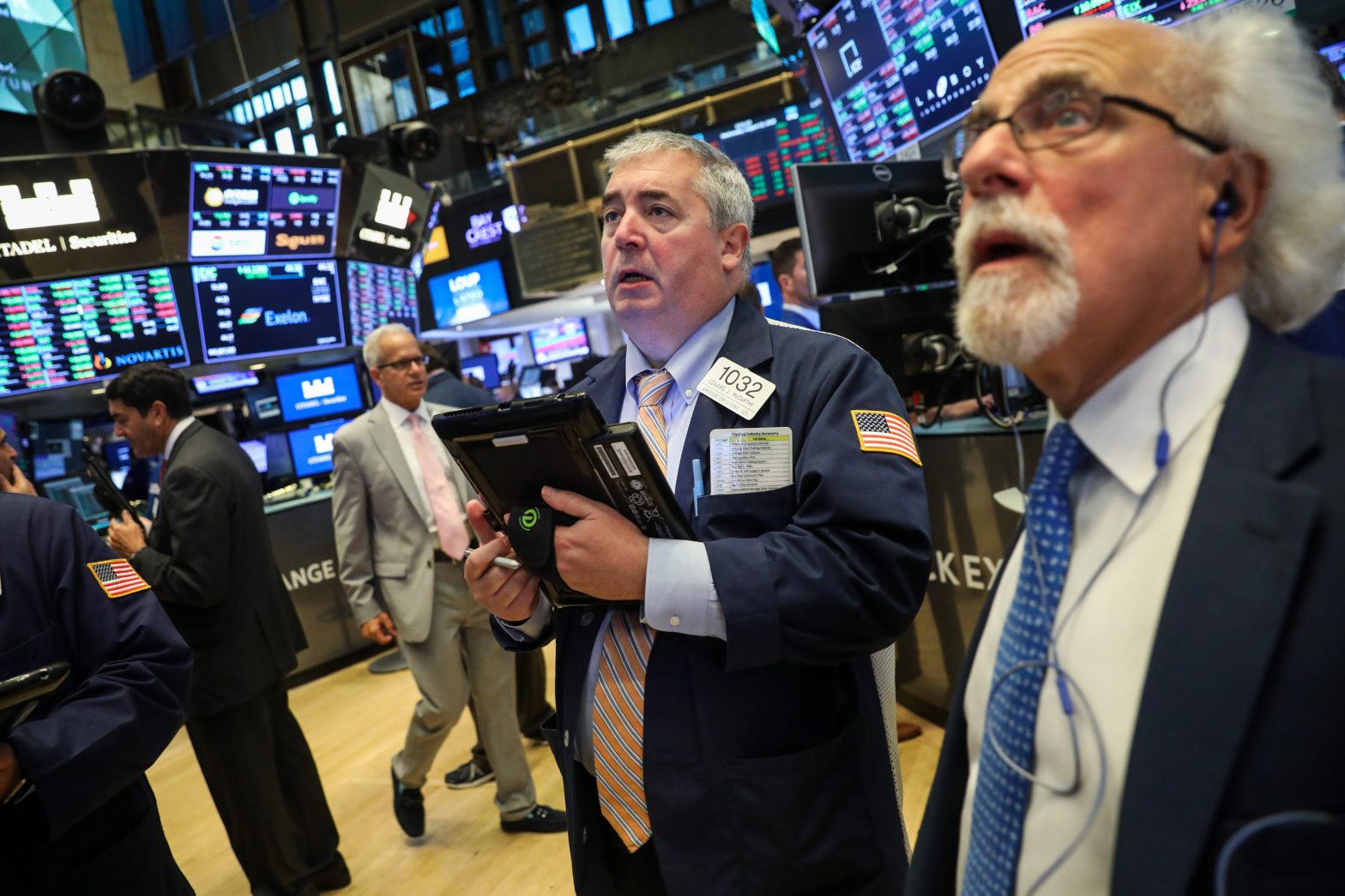Economists tend to see an inverted US bond-yield curve as an indicator that a recession is coming. Yields on Treasury bonds remain inverted, which could be a classic recession warning. But it’s no longer worth worrying about the yield curve, according to Goldman Sachs. Loading Something is loading.
Thanks for signing up!
Access your favorite topics in a personalized feed while you’re on the go.
The classic bond-market barometer of economic health – the yield curve – is still blaring a recession signal, but it may no longer be a reliable metric, according to Goldman Sachs.
The widely followed indicator is near its most inverted level – meaning it’s deviating from what’s considered normal – in over 40 years, and such anomalies are typically taken by economists as a sign that a severe economic downturn is on the way.
But this time round, that doesn’t seem to hold true, Goldman strategists Praveen Korapaty and William Marshall said in a research note published Wednesday. Instead, the curve inversion may have been caused by low inflation-adjusted interest rates, they wrote.
“Our analysis above strongly suggests that a large part of the inversion seen in current US yield curves comes not from high recession odds or inflation normalization,” the strategists said. “We think that the extent of inversion, particularly in the real curve, is unlikely to persist.”
The yield curve is a graph that plots bond rates across different maturity dates – and in a normal economic scenario, debt due to be repaid at a later date would pay a higher rate. An inversion happens when that logic is upended, resulting in longer-term yields falling below short-dated ones.
A relative decline in far-maturity bond yields typically suggests investor expectations that interest rates will fall in the longer term, which economists take as an indicator that a recession is on the way. A popular way of tracking yield-curve dynamics is by comparing the returns offered by 2-year and 10-year Treasury notes.
The US bond curve, as represented by the difference between 2-year and 10-year yields, is near its most upside-down level in over four decades. Its inversion deepened in 2023 despite growing optimism that the US economy is robust enough to stave off a recession.
“Current levels of inversion across various curve segments all suggest fairly high recession odds when using simple, but usually statistically reliable, regression models,” Korapaty and Marshall said. “Yet even as the growth outlook improves – our economists recently lowered their recession odds – curve inversion has deepened.”
But the strategists believe that it’s time to stop listening to the yield curve – because the financial market has failed to realize that the US economy is strong enough to endure higher inflation-adjusted interest rates for a sustained period.
The Federal Reserve raised the cost of borrowing from near-zero to around 4.5% last year in a bid to crush soaring inflation.
Sharp increases in interest rates would usually be expected to hurt the economy. But various indicators – like the US adding a better-than-expected 517,000 payrolls last month – suggest there hasn’t been much of a slowdown in growth.
So it’s likely that fixed income investors’ assumptions about the equilibrium level of interest rates is out-of-whack, according to Goldman Sachs. “We believe this cycle is different, with an economy that can support a higher long run real rate than currently assumed,” Korapaty and Marshall said.
Goldman Sachs’ views on the yield curve clashes with that of many other economists.
Duke University finance professor and yield curve guru Campbell Harvey said in December that the inverted curve was still signaling there’ll be a recession – and called on the Fed to pause its tightening campaign soon.
Read more: The odds of the US slipping into recession are now just 25% thanks to a surge in jobs, Goldman Sachs says
